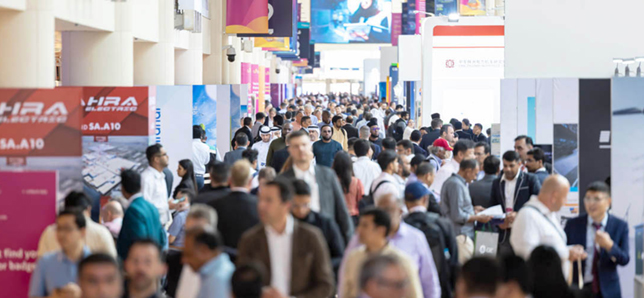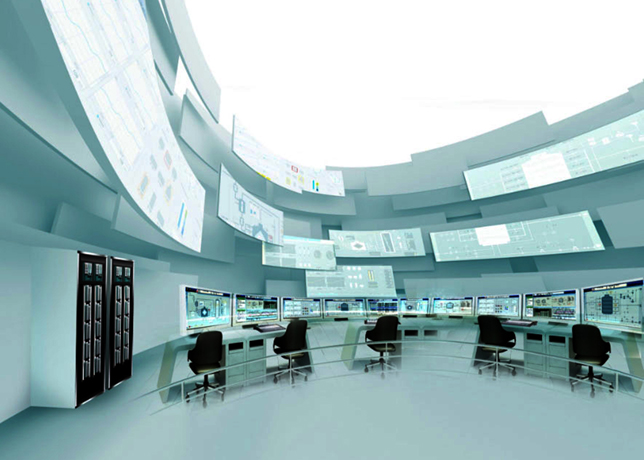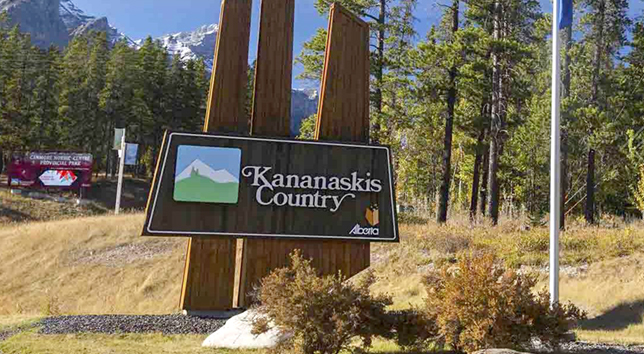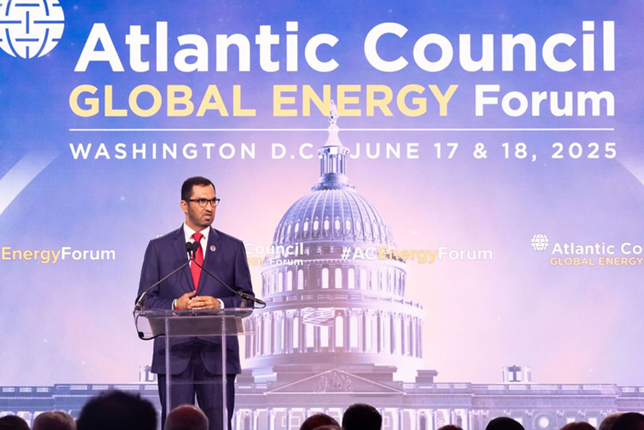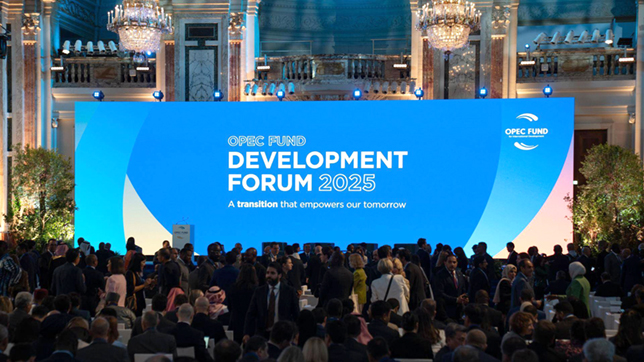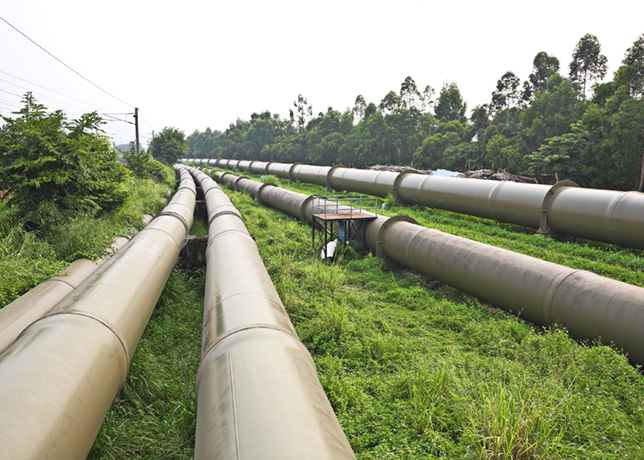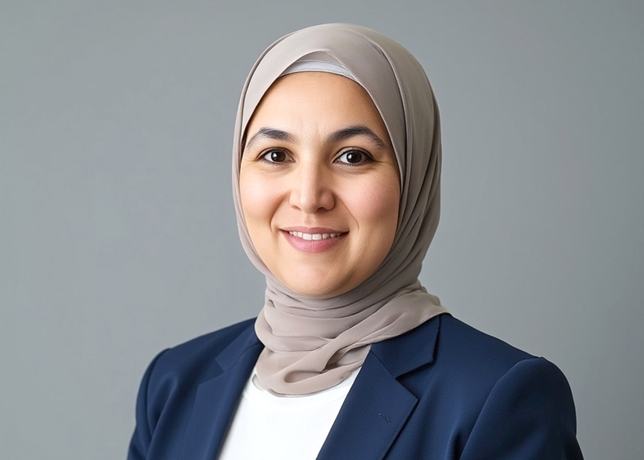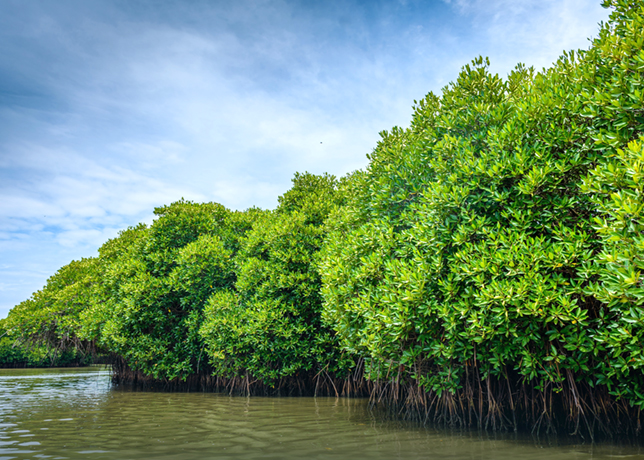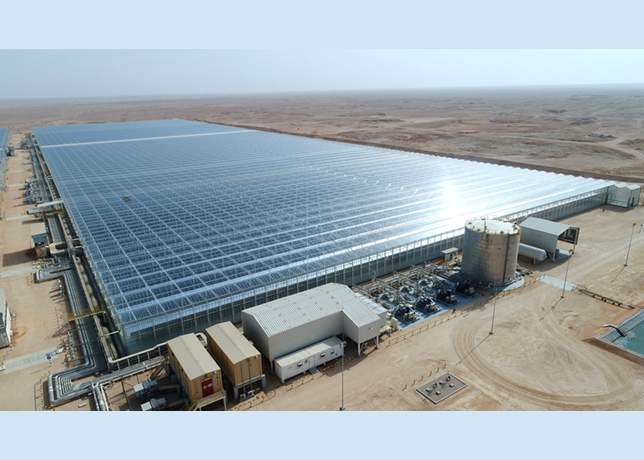
 Oil development programmes planned to increase output
Oil development programmes planned to increase output
Abu Dhabi is pushing ahead with its ambitious programme to lift production capacity whilst maintaining its oilfields, to retain its position as a leading oil producer.
The UAE government's long-term aim is to raise sustainable crude output capacity to 3.6 million barrels per day (bpd) in 2005 and four million (bpd) in 2010.
Commercial oil production began in the UAE in the early 1960s at a rate of a few thousand barrels per day.
In the first half of 2002, oil production averaged almost two million bpd. Of the total, Abu Dhabi accounted for about 90 per cent.
Abu Dhabi has set itself short-term goals as well. A total of $1 billion to $1.5 billion is expected to be invested over the next three to four years according to the Middle East Economic Survey (MEES).
Under this plan, Abu Dhabi is seeking to increase its sustainable crude output capacity by 400,000 bpd - from 2.45 million bpd to 2.85 million bpd.
At least $15 billion has been pumped into projects to upgrade the UAE's crude output capacity in the past decade and there is more where that came from.
As part of this an overall programme to upgrade the emirate's crude output capability, Abu Dhabi has completed a major project to boost the production capacity of its giant offshore Zakum oilfield through a gas injection process.
The platform, a joint venture between Abu Dhabi Marine Operating Company (Adma-Opco) and the Zakum Development Co (Zadco), now has the capacity to inject up to 100 million cubic feet per day of high-pressure hydrocarbon gas to each of the Lower and Upper Zakum reservoirs.
It followed the completion of the first phase of a project involving the biggest seismic survey of its kind in the world to develop Lower and Upper Zakum.
Oil companies from Japan, France, Britain and other countries own up to 40 per cent of the energy sector in Abu Dhabi, the only Gulf oil producer to have retained foreign partners on a production-sharing basis.
More than half of Abu Dhabi's oil production is generated by the Abu Dhabi Company for Onshore Operations (Adco), one of the 10 largest oil companies worldwide and the largest crude oil producer in the southern Arabian Gulf. The second main producer is Adma-Opco. The output of oil and gas from the Adma-Opco fields is transported to its centre of operations on Das Island for processing, storage and export.
Both Adco and Adma-Opco are part of the Abu Dhabi National Oil Company (Adnoc) group of companies.
Adnoc, established in 1971, is a fully owned government company controlled and supervised by the Supreme Petroleum Council (SPC), which is responsible for formulating Abu Dhabi petroleum policy and overseeing the emirate's oil and gas operations and related industry.
Adco is expected to invest about $800 million in major project work. Offshore, $1,200 million is planned for the Umm Shaif field by Adma-Opco.
Much of this will be invested at the existing Bu Hasa field, where production - currently running at 100,000 bpd - has been curtailed by a rising water cut and reduced reservoir pressure in recent years.
Adco had originally proposed tackling the problems head on through two separate schemes: an upgrade of the surface production facilities and a gas reinjection programme.
The first, estimated to be worth $200 million-250 million and known as the Bu Hasa surface upgrade, was aimed at a 380,000 bpd increase in water separation capacity. The second project covered the reinjection of 95 million cubic feet per day of gas and 120,000 bpd of water into the G, F and D reservoirs to maintain production.
However, Adco has recently revised its plan, merging the two projects into one and upping the production target. Adco has invited engineering, procurement and construction (EPC) contractors to respond by late July to a preliminary inquiry for the $300 million-350 million project.
Meanwhile Zakum Development Company (Zadco), which is owned 88 per cent by Adnoc and the remaining 12 per cent by Japan Oil Development Company, is planning to increase the capacity of the oil processing facilities on Zirku Island, off Abu Dhabi, to 700,000 bpd by 2005 from 600,000 bpd.
This will be done through debottlenecking of the three existing trains and a standby unit. A four-phase study will identify the hazardous operations of the existing oil, gas and water separation facilities and the bottlenecks; suggest modifications to increase output; and carry out basic engineering for the proposed project.
Further debottlenecking is planned in Abu Dhabi's hydrocarbons sector. Tebodin is due to complete by December.
With projects such as these in the pipeline, contractors are preparing themselves for a busy period. Industry sources expect as much as $5,000 million-worth of new projects to be rolled out over the coming 12 months Adnoc and its subsidiaries. The main emphasis will be on the upstream sector, where several major field upgrades are planned along with new capacity additions at onshore fields.
Some 250,000 bpd will come from two onshore projects - northeast Abu Dhabi and the Bab field expansion. Bidding is under way among EPC contractors on both projects, which will see capacity at Bab rise by 110,000 bpd and at northeast Abu Dhabi by 130,000 bpd.
Another project, estimated to cost $350 million-400 million, involves increasing oil production from the onshore Rumaitha and Al-Dabbiyah fields to a sustainable capacity of 150,000 bpd and a maximum level of 180,000 bpd. The two fields are producing small volumes at present.
The 40-42-month project will cover the supply and installation of two crude oil-processing trains, in-field pipeline works, the installation of a pipeline to transport crude to Habshan, and related facilities.
The development project is then expected to require 40 to 42 months to complete. Bidding for the third package, which involves developing the Bu Hasa/Huwaila field to enable Huwaila to produce 10,000 bpd of crude and to develop units G, F and D to produce an additional 50,000 bpd, has been delayed.
Downstream activity is rather subdued now that Abu Dhabi Oil Refining Co. (Takreer) has awarded a $480 million turnkey contract to the French Technip-Coflexip for the expansion of the Ruwais Refinery. The project, which does not require any third party financing is expected to be completed in July 2005.
Technip-Coflexip is to modernise the existing facilities and add new units for the production of unleaded gasoline and low sulphur process facilities Technip-Coflexip will provide heavy and light naphtha hydro-treating units, a H2S removal and sulfur recovery units, a CCR reformer unit, a gas oil hydro-treating unit and an isomerisation unit. Furthermore the project includes the revamp of the existing kerosene and gas oil hydro-treating units and LPG amine treater in addition of the expansion of all the utility systems and offsite facilities of the refinery.
Several other projects are also planned at the Ruwais refinery, although most are at the study phase. These include revamping the Ruwais hydrocracker and carrying out a debottlenecking of the two 140,000-bpd condensate-processing trains.











